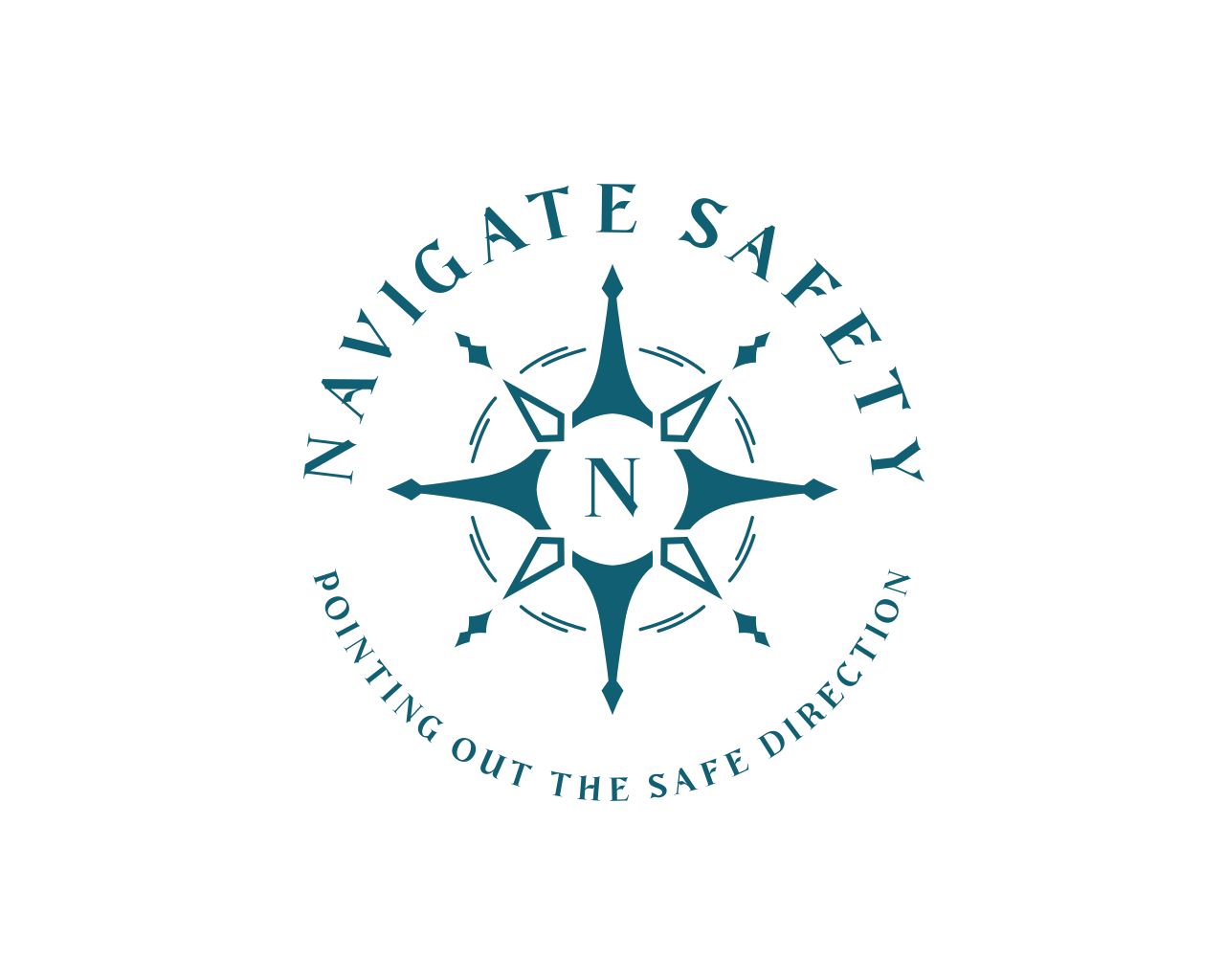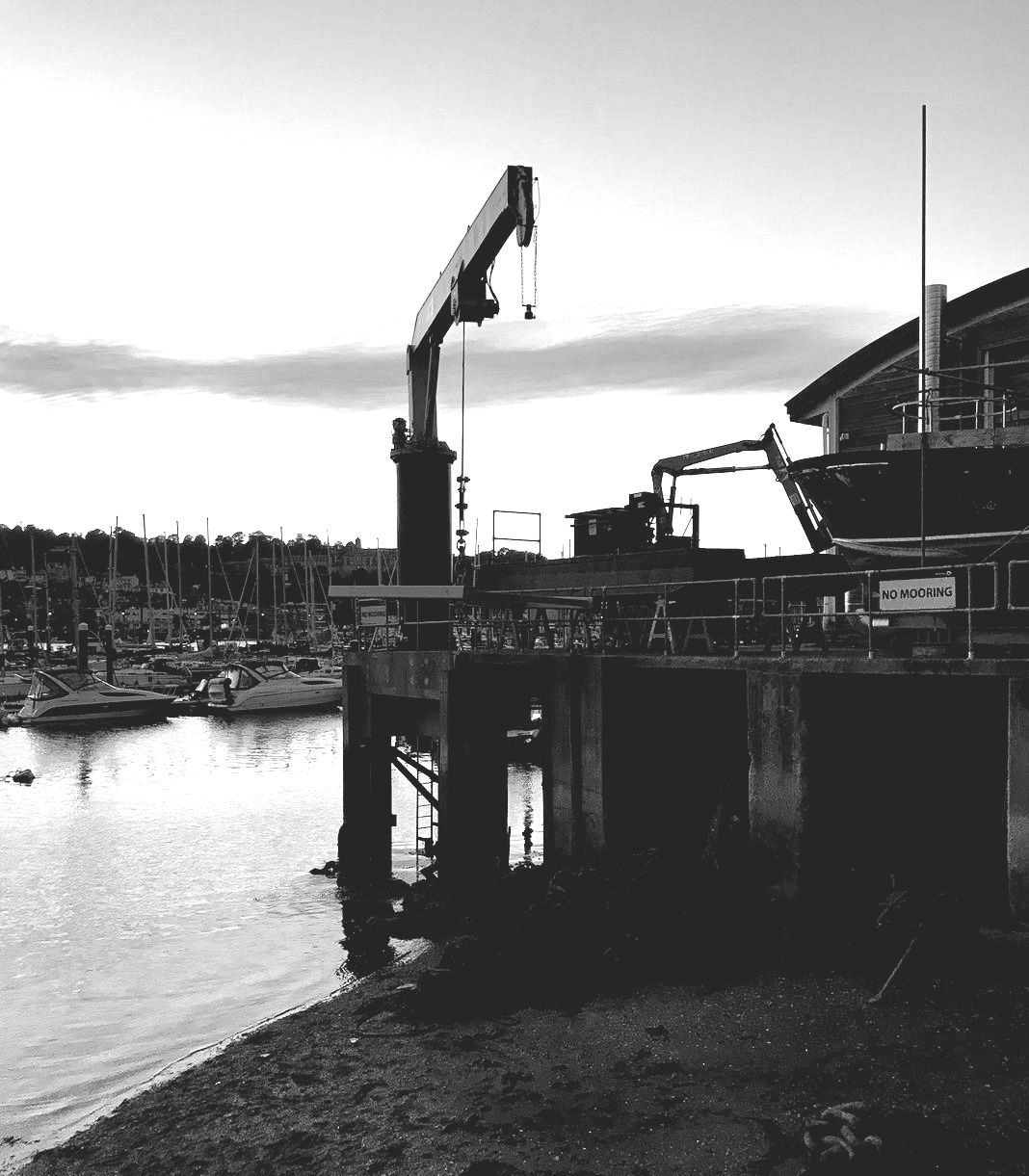
EMS in 4 steps
How to create your Environmental Management System in 4 easy steps
Not an ISO 14001-certified business?
Not to worry. Here are the 4 steps to follow to establish an Environmental Management System for your business.
But first, what is the Environmental Management System and why would your business need it?
The Environment Management System is defined as a set of procedures and processes enabling the business to reduce and control environmental impacts and increase its operating efficiency. With its PLAN DO CHECK ACT structure the system creates foundations for ISO 14001 accreditation.
How?
EMS in 4 steps
Step I
‘PLAN’
- Establish the reason why to build an Environmental Management System, for example:
- to improve environmental performance,
- to prevent pollution,
- to comply with regulations/legislations etc.
- Write the environmental goals down, define the project scope to be able to refer to it while building the EMS.
- Involve the upper management in establishing the EMS and assign an implementation team. Remember, to include your employees' input as they hold knowledge of environmental and health and safety issues related to their work along with the experience of how effective the company procedures are.
- Hold a meeting to discuss the company’s environmental objectives, timelines, ways to achieve them, and the budget. Follow up the meeting with communication to all your employees.
- Regular progress reviews are the key to monitoring how effectively the management system is being built up against its goals and project plan. Make sure the results of the reviews are communicated to the management and employees. Keep them engaged!
Step II
‘DO’
It’s time to have a look at your organisation from an environmental point of view.
- Do any of your undertakings have a direct and/or indirect impact on the environment? Yes! We all, big or small, have an impact on the environment.
Let’s begin with:
- Legal requirements. Check if any of your environmental processes fall under environmental legal requirements (i.e. waste management companies require a waste license).
- Assess your Environmental impacts and aspects. Here you should assess how your organisation interacts with the environment. Identify environmental impacts (i.e. use of diesel oil, and use of paper are the aspects, environmental impacts for those would include exhaust emissions contributing to climate change and local air pollution, use of paper contributing to resource scarcity as well as habitat destruction).
- The opinion of others is equally important. Gather the views of other stakeholders. These may include neighbours (members of the public), interest groups, clients etc. Your stakeholders may be looking at your company's environmental aspects and impacts from a different perspective which can be included while you are building your environmental policy.
- Reveal your intentions. Write up an Environmental Policy, and define responsibilities, policy arrangements, objectives and targets.
- Your EMS will now consist of policies, procedures, manuals and assessments. Identify needs and ways of controlling and monitoring your Environmental Management System. Remember to have in place a corrective action plan for continual improvement.
- Plan and deliver environmental awareness training for your employees. Discuss the environmental impacts and aspects of your company's undertakings. Familiarise employees with the environmental policy, objectives and targets. Allow for feedback! Plan for continual training and improvement.
Step III
‘CHECK’
Once environmental processes have been established, it is time to ‘Check’ the EMS through an internal audit.
You can audit the entire EMS at once, or focus on its particular process and conduct multiple mini internal audits. The choice is yours as long as the findings are followed by corrective actions and followed up by personnel responsible for a particular process.
Step IV
‘ACT’
EMS is a living system. Similar to the Safety Management System or Quality Management System, the EMS requires regular management reviews.
This can be achieved through:
- internal and external audits,
- management reviews based on the audit results,
- environmental performance reviews,
- communication from external parties etc.
Acting upon the management reviews closes the Plan-D0-Check-Act circle when the areas of improvement indicated in the reviews are implemented in the EMS during the Step I” Plan” cycle of the process.
Create it, live it and enjoy it. We can all make a change toward a better tomorrow.

All Rights Reserved | Navigate Safety



